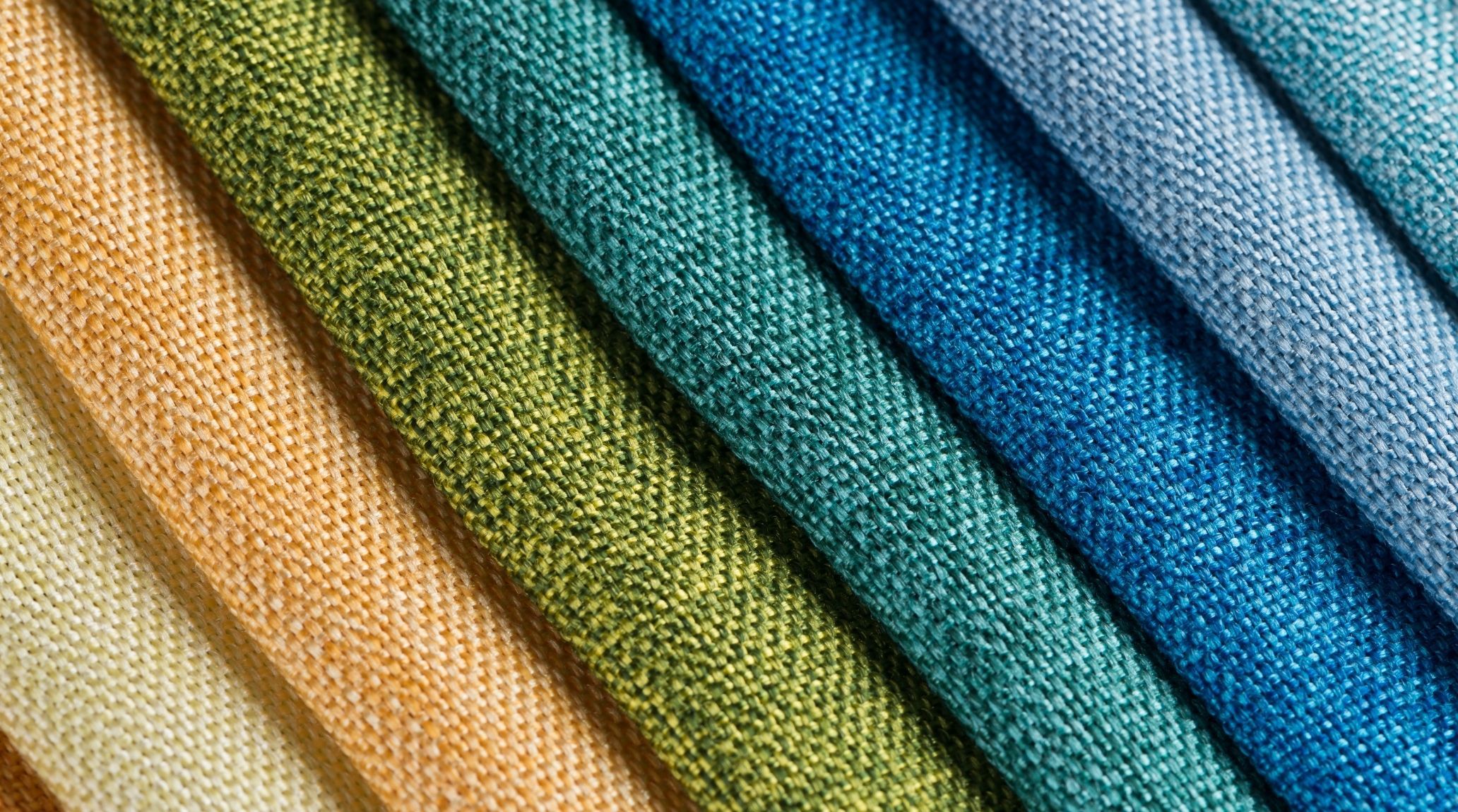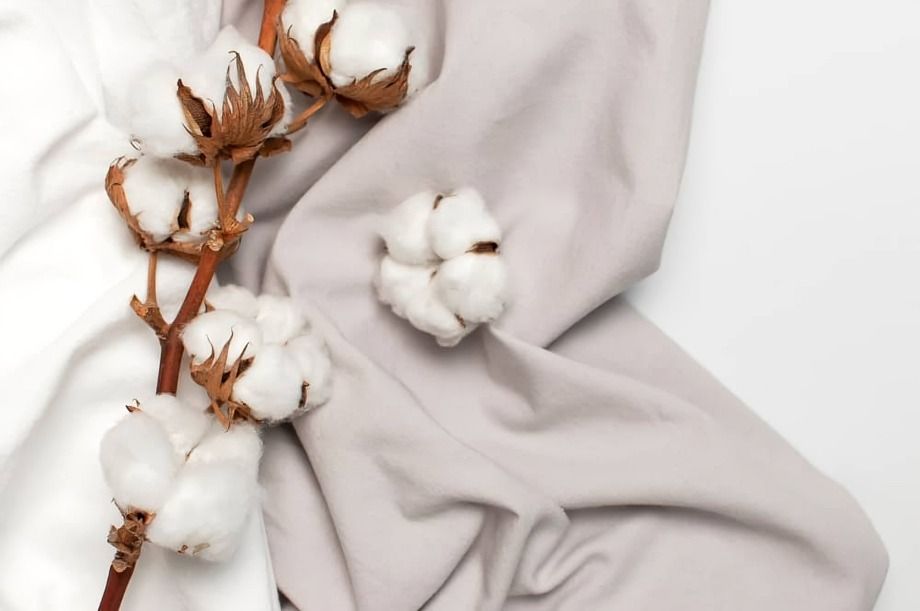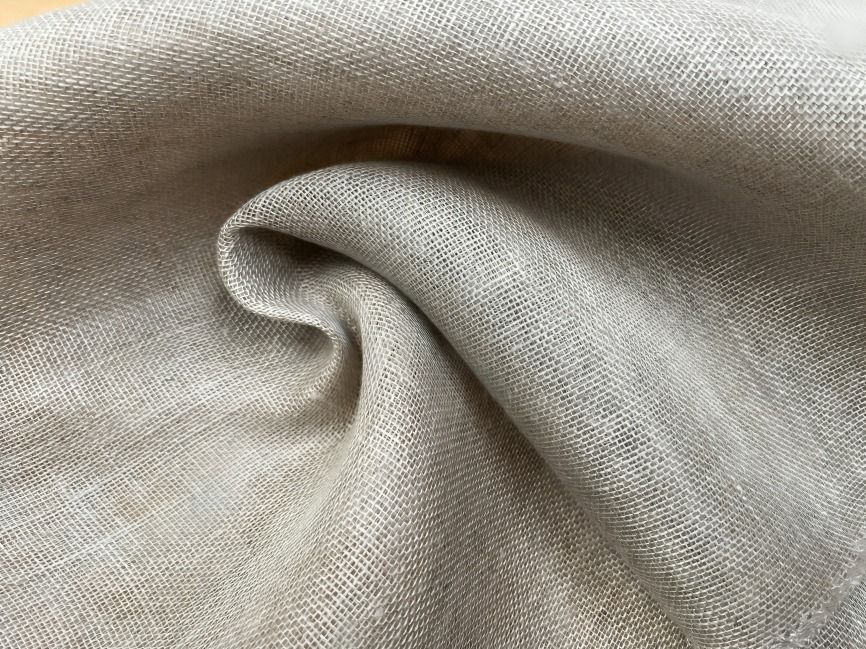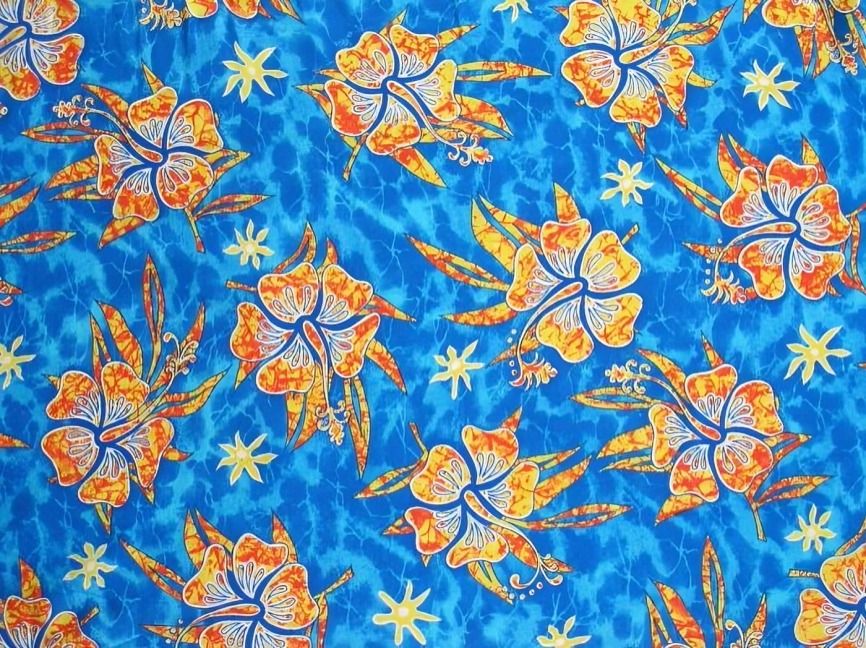
“
Fabrics have been integral to human life for centuries, influencing fashion, technology, and culture. This article presents 20 essential facts about fabrics, revealing their historical significance and wide-ranging applications. By exploring these facts, you'll gain insight into how fabrics have evolved and their impact on various industries. Understanding these materials' role will deepen your appreciation for their significance.1
1
”

Cotton is the most widely used natural fiber in the world, accounting for about 25% of global textile production. It is prized for its softness, breathability, and versatility in making everything from clothing to household textiles.
Polyester is the most commonly used synthetic fabric, making up around 55% of the world’s fiber production. It’s durable, lightweight, and resistant to shrinking and wrinkling, making it ideal for activewear and outdoor apparel. 1
Wool is naturally flame-resistant, moisture-wicking, and an excellent insulator. It comes primarily from sheep and has been used for thousands of years to create warm, breathable fabrics for clothing and blankets. 2
Bamboo, a type of grass, is used to create a fabric similar to heavy linen. It has natural wicking properties that pull moisture away from the skin, reducing odor, and possesses antibacterial qualities. 3
Ancient Chinese civilization began producing silk over 5,000 years ago, exclusively for the ruling class. The silk production process was labor-intensive, requiring skilled workers to meticulously unravel silkworm cocoons and spin the fibers into thread.4
Fabric blends, such as cotton-polyester or wool-nylon, combine the strengths of different fibers to create textiles with enhanced properties. These blends can improve durability, comfort, and performance in different conditions.5
Nylon, a man-made fabric, was first produced in 1938 and is known for its high strength, excellent resilience, and superior abrasion resistance. It quickly replaced silk stockings for women in the early 20th century. 6
Microfiber, made from ultra-fine synthetic fibers, is used in cleaning cloths, sportswear, and even furniture upholstery. Its fine structure makes it excellent for trapping dirt and moisture while being incredibly soft. 7
Denim, a durable cotton fabric, originated in France and became popular for workwear due to its toughness. Today, it’s a global fashion staple, primarily used in jeans, jackets, and casual wear. 8

Linen, made from flax fibers, is known for its natural cooling properties, making it ideal for summer clothing and bedding. It’s one of the oldest textiles in the world, used by ancient Egyptians over 4,000 years ago.
Spandex (also known as Lycra or elastane) can stretch up to 500% of its original size without losing shape. This makes it essential in athletic wear, swimwear, and form-fitting garments for its flexibility and comfort. 9
Natural fabrics like cotton, wool, and silk are biodegradable, meaning they decompose naturally over time. Synthetic fabrics like polyester and nylon, however, can take hundreds of years to break down in landfills. 10
Certain fabrics, like bamboo and hemp, have natural antimicrobial properties, reducing odor and bacterial growth. These fabrics are gaining popularity in activewear and sustainable fashion due to their hygienic benefits. 11
In 1953, archaeologists discovered the "Tarkhan Dress" in Egypt, the world's oldest piece of woven fabric, dating back to around 5000 BC. Made from linen, a prevalent fabric in ancient Egypt. 12
The average lifespan of a piece of clothing is about three years. This duration can vary based on factors like fabric quality, care, and usage. Understanding this statistic emphasizes the importance of sustainable fashion and mindful consumption. 13
Over 70% of the global population relies on second-hand clothing, with around 50% of collected garments and shoes repurposed as second-hand items. Additionally, 20% is used to create polishing and cleaning cloths for industrial applications. 14
Textiles and shoes account for approximately 12% of landfill waste globally, contributing significantly to environmental pollution. This includes around 92 million tons of textile waste produced each year, with a large portion being discarded clothing. 15
Countries such as Cambodia and Myanmar have utilized fibers from the lotus plant to create fabric for thousands of years. The lotus plant, a water plant known for its large round leaves and stunning flowers, provides fibers found within its stems. 16
Manufacturers produce leather by processing the hides of animals, primarily cows, pigs, and sheep. A variety of chemicals are used to remove hair, flesh, and impurities, preserving the material. 17

Batik is a traditional fabric dyeing technique that uses wax to create intricate patterns before the dyeing process. Artisans apply the wax using a tool called a canting, which features a small copper or brass container with a spout for precision.


